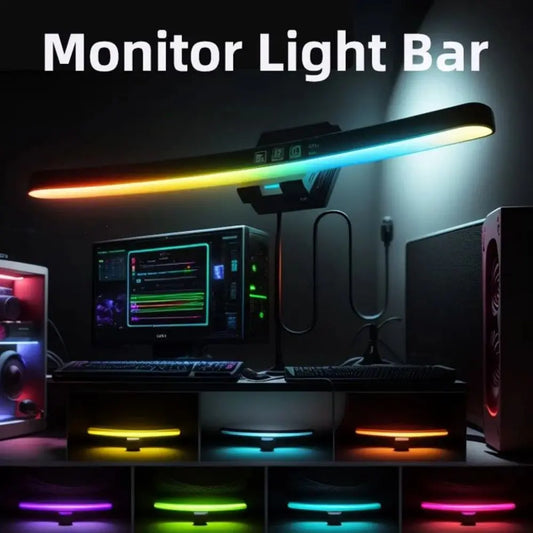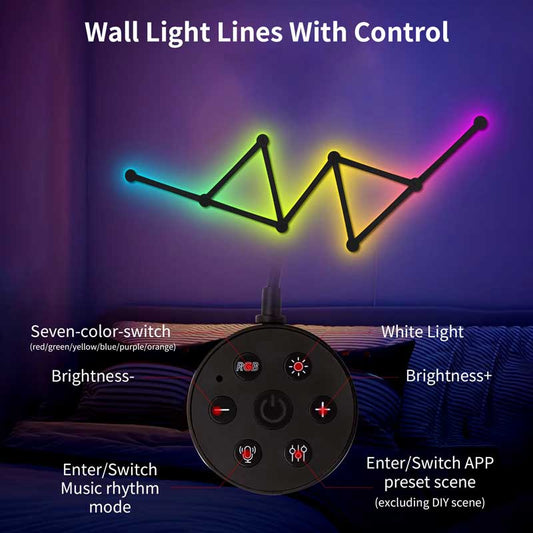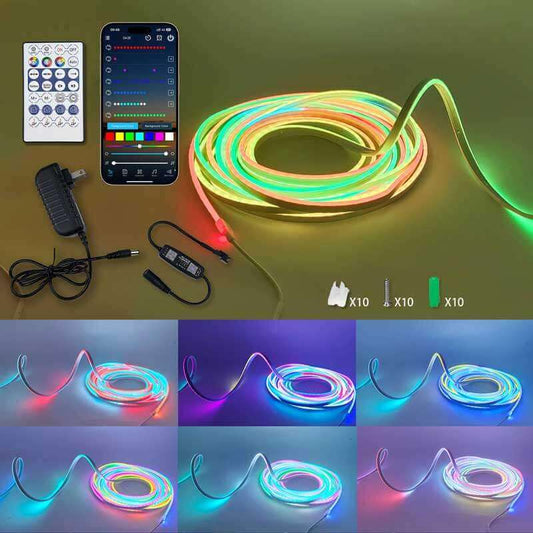How do you tell if a brand is real or fake?
Share
Determining whether a brand is real or fake requires a bit of research and observation. There are several ways to verify the authenticity of a brand or product, whether you're purchasing it online or in-store. Below is a guide to help you distinguish between a legitimate brand and a fake one:
1. Check the Brand's Official Website
- Real: The official website of a genuine brand will have a polished, professional design and contain comprehensive details about the brand's history, product lineup, contact information, and customer service support.
- Fake: A counterfeit brand may have a poorly designed website with inconsistent design, broken links, spelling errors, or a lack of detailed product information. Be wary if the site lacks essential contact details.
2. Look for Brand Authentication Marks or Certificates
- Real: Authentic brands often have official marks, certifications, and legal documentation (like trademarks or patents) that verify their legitimacy. Check for official certification symbols like CE, UL, or RoHS.
- Fake: Counterfeit brands may lack such certifications, or the markings may appear distorted or fake. If you’re unsure, check the certification status on the official bodies' websites.
3. Inspect Product Quality and Packaging
- Real: Legitimate brands maintain high standards for product quality and packaging. The product will have a polished finish, well-printed logos, and well-designed, high-quality packaging.
- Fake: Fake products often use low-quality materials. You might notice poorly printed logos, inconsistent fonts, or cheap packaging. Packaging may appear flimsy, and there may be spelling or grammatical errors on product labels.
4. Verify Product Serial Numbers
- Real: Authentic products will often have a unique serial number that can be verified on the official website or by contacting customer service. Many brands provide ways to verify the authenticity of a product using these serial numbers.
- Fake: Counterfeit products may not have serial numbers or may have duplicated or incorrect numbers. If the product’s serial number doesn’t match the brand’s records or doesn’t appear in their database, it could be fake.
5. Research Reviews and Customer Feedback
- Real: Genuine brands typically receive consistent, positive reviews across multiple trusted platforms, like Amazon, Google Reviews, or specialized review sites. Many legitimate brands have a large following of satisfied customers.
- Fake: Counterfeit brands often have limited reviews, and the ones available may be overly vague or suspicious. Negative reviews are usually abundant, especially regarding poor product performance or issues with the brand’s customer service.
6. Check for Authorized Retailers or Partnerships
- Real: Real brands have established partnerships with reputable retailers, both online and offline. They often list a list of authorized stores or resellers on their official website.
- Fake: Fake brands usually operate outside of these trusted networks and may sell exclusively through unknown or untrustworthy retailers. If the price seems too low or the seller's reputation is unclear, the product may be counterfeit.
7. Evaluate the Price
- Real: Authentic products are typically priced according to the quality and technology used in manufacturing. While there may be discounts or sales, the price of a genuine brand product stays within a certain range.
- Fake: If a brand’s product is being offered for significantly less than usual, especially from an unknown retailer or marketplace, it could be an indication that the product is fake. Counterfeit products are often sold at very low prices to lure in buyers.
8. Consult Social Media and Forums
- Real: Legitimate brands often maintain active social media profiles where they engage with customers, share product updates, and provide customer support. Look for verified social media accounts (e.g., a blue checkmark).
- Fake: Fake brands may have a limited or nonexistent social media presence, or their profiles might not appear professional. Check for posts that appear spammy or unauthentic.
9. Check Customer Support Services
- Real: Authentic brands provide clear contact methods, whether by phone, email, or live chat. Customer service representatives are responsive and willing to help with any concerns or inquiries.
- Fake: Counterfeit brands may not provide any reliable contact methods or may have unprofessional customer service. If you do contact them, their response times may be slow or unhelpful.
10. Ask for Verification from the Brand
- Real: Most legitimate brands are happy to verify the authenticity of their products or services for customers. Many have official apps, hotlines, or customer support teams to assist in confirming whether a product is real.
- Fake: Fake brands may not offer any way to verify the authenticity of their products, or they may refuse to provide clear answers to such questions.
11. Look for Consistency in Branding
- Real: True brands maintain consistency in their branding across all their products, advertisements, and online presence. You’ll see the same logo, design elements, and color scheme across all their communications.
- Fake: Fake brands may have inconsistencies in branding. For example, the logo may vary slightly between products, or the brand’s name may not match the official trademark.
Conclusion:
To determine if a brand is real or fake, always verify their website, check customer reviews, and inspect the product’s quality. Price discrepancies, low-quality packaging, or an inability to find a brand’s serial number are common indicators of counterfeit goods. Doing your research, purchasing from authorized retailers, and seeking verification directly from the brand will protect you from scams and ensure you're buying authentic products.




